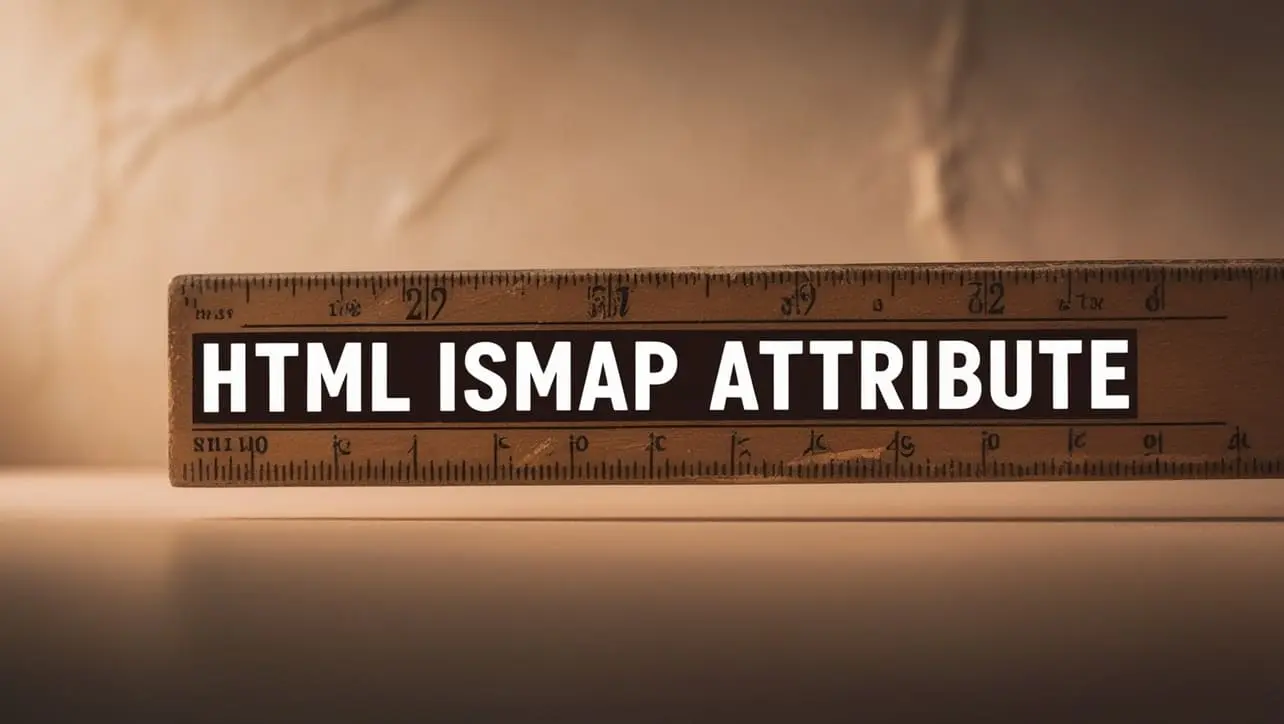
HTML Topics
- HTML Intro
- HTML Basic
- HTML Editors
- HTML CSS
- HTML Tags
- HTML Deprecated Tags
- HTML Events
- HTML Event Attributes
- HTML Global Attributes
- HTML Attributes
- abbr
- accept
- accept-charset
- accesskey
- action
- align
- alt
- archive
- as
- async
- autocapitalize
- autocomplete
- autofocus
- autoplay
- axis
- bgcolor
- border
- cellpadding
- cellspacing
- char
- charoff
- charset
- checked
- cite
- class
- classid
- codebase
- codetype
- color
- cols
- colspan
- compact
- content
- contenteditable
- controls
- coords
- crossorigin
- data
- data-*
- datetime
- declare
- default
- defer
- dir
- dirname
- disabled
- download
- draggable
- enctype
- enterkeyhint
- for
- form
- formaction
- formenctype
- formmethod
- formnovalidate
- formtarget
- frame
- frameborder
- frameset
- headers
- height
- hidden
- high
- href
- hreflang
- hspace
- http-equiv
- id
- inert
- inputmode
- ismap
- kind
- label
- lang
- list
- loop
- low
- max
- maxlength
- media
- method
- min
- multiple
- muted
- name
- novalidate
- onabort
- onafterprint
- onbeforeprint
- onbeforeunload
- onblur
- oncanplay
- oncanplaythrough
- onchange
- onclick
- oncontextmenu
- oncopy
- oncuechange
- oncut
- ondblclick
- ondrag
- ondragend
- ondragenter
- ondragleave
- ondragover
- ondragstart
- ondrop
- ondurationchange
- onemptied
- onended
- onerror
- onfocus
- onhashchange
- oninput
- oninvalid
- onkeydown
- onkeypress
- onkeyup
- onload
- onloadeddata
- onloadedmetadata
- onloadstart
- onmousedown
- onmousemove
- onmouseout
- onmouseover
- onmouseup
- onmousewheel
- onoffline
- ononline
- onpagehide
- onpageshow
- onpaste
- onpause
- onplay
- onplaying
- onpopstate
- onprogress
- onratechange
- onreset
- onresize
- onscroll
- onsearch
- onseeked
- onseeking
- onselect
- onstalled
- onstorage
- onsubmit
- onsuspend
- ontimeupdate
- ontoggle
- onunload
- onvolumechange
- onwaiting
- onwheel
- open
- optimum
- pattern
- placeholder
- popover
- popovertarget
- popovertargetaction
- poster
- preload
- readonly
- rel
- required
- reversed
- rows
- rowspan
- sandbox
- scope
- selected
- shape
- size
- sizes
- span
- spellcheck
- src
- srcdoc
- srclang
- srcset
- start
- step
- style
- tabindex
- target
- title
- translate
- type
- usemap
- value
- width
- wrap
- HTML Comments
- HTML Entity
- HTML Head
- HTML Form
- HTML IndexedDB
- HTML Drag & Drop
- HTML Geolocation
- HTML Canvas
- HTML Status Code
- HTML Language Code
- HTML Country Code
- HTML Charset
- MIME Types
HTML ismap Attribute

Photo Credit to CodeToFun
🙋 Introduction
The ismap attribute is an essential feature in HTML that is specifically associated with the <img> (image) element.
This attribute is used to create image maps, allowing developers to define clickable areas within an image, each linked to a different URL.
The ismap attribute plays a crucial role in making images interactive and improving the user experience on web pages.
🎯 Purpose of ismap
The primary purpose of the ismap attribute is to signal to the browser that the image should be treated as a server-side image map.
This means that the coordinates of the clickable areas within the image are specified on the server, usually through a corresponding server-side script.
💎 Values
The ismap attribute is a Boolean attribute, meaning it doesn't require a value. Its presence alone indicates that the image should be treated as a server-side image map.
📄 Example
Let's look at a simple example of how to use the ismap attribute:
<img src="example.jpg" alt="Example Image" ismap>🧠 How it Works
In this example, the ismap attribute is included in the <img> tag, signaling that the image "example.jpg" should be treated as an image map.
🔄 Dynamic Values with JavaScript
While the ismap attribute itself doesn't support dynamic values directly, you can use JavaScript to dynamically generate the server-side image map coordinates based on user interactions or other conditions. Here's a basic example:
<script>
// Get the image element
var image = document.getElementById("interactiveImage");
// Dynamically set the coordinates for a clickable area
image.useMap = "#myMap";
</script>🧠 How it Works
In this script, the useMap property is set to "#myMap" for an image element with the id interactiveImage. This assumes that you have a corresponding server-side image map defined with the name myMap.
🏆 Best Practices
- Ensure that your server-side image map coordinates are accurately defined to link to the intended destinations.
- Test the interactive image map across different browsers to ensure consistent behavior.
- Provide alternative text using the alt attribute for the image to maintain accessibility standards.
🎉 Conclusion
The ismap attribute is a crucial tool for creating interactive image maps in HTML.
By understanding its purpose and usage, you can enhance the interactivity of your web pages, providing users with a more engaging and dynamic experience.
👨💻 Join our Community:
Author

For over eight years, I worked as a full-stack web developer. Now, I have chosen my profession as a full-time blogger at codetofun.com.
Buy me a coffee to make codetofun.com free for everyone.
Buy me a Coffee












If you have any doubts regarding this article (HTML ismap Attribute), please comment here. I will help you immediately.